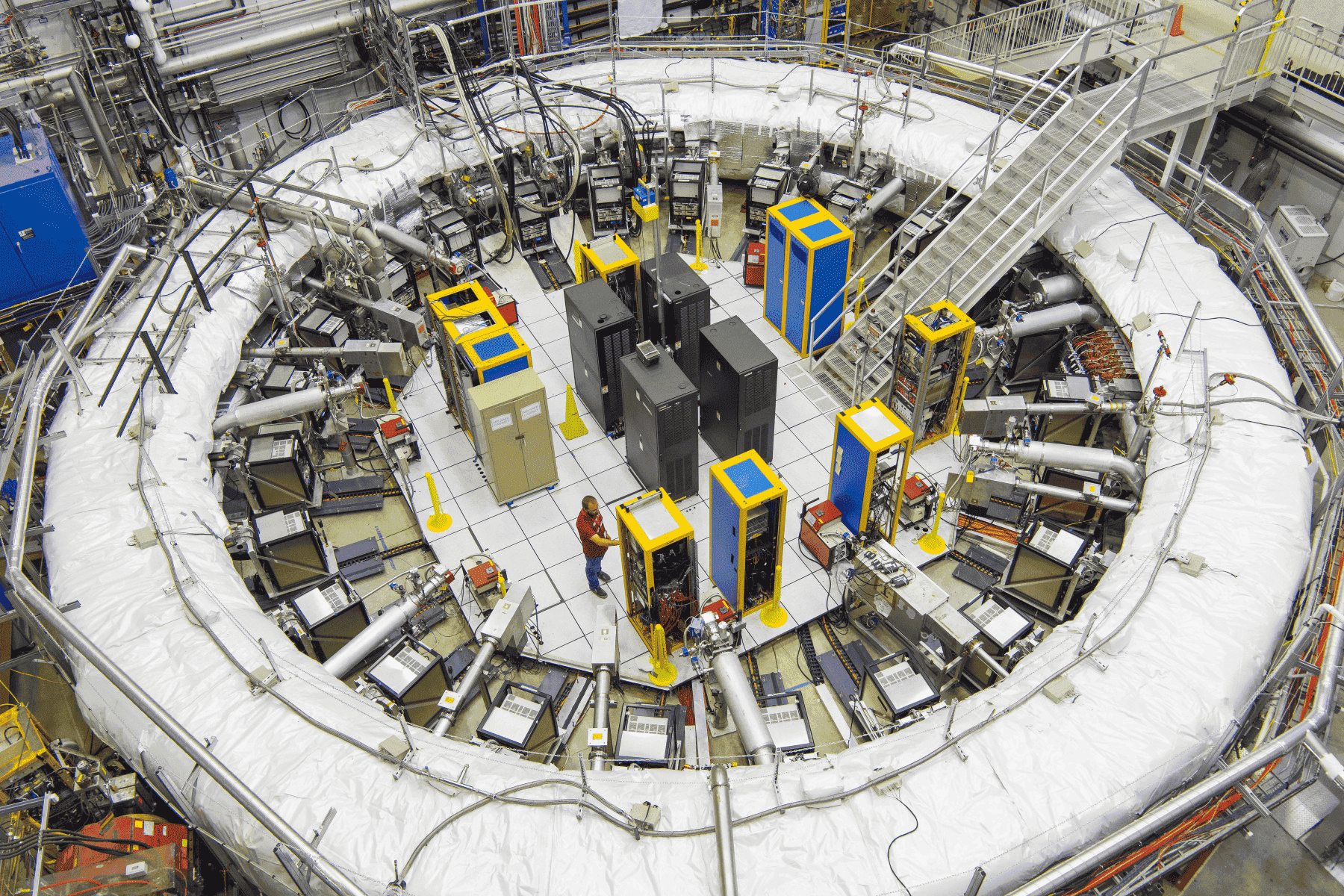A fifth force of nature? How an experimental flaw led us astray
Earlier, we reported on a potential fifth fundamental force of nature. However, later, researchers discovered this was due to a flaw in the experiment.
Published on January 23, 2025

© University of Manchester
Team IO+ selects and features the most important news stories on innovation and technology, carefully curated by our editors.
In science, exciting discoveries can sometimes emerge from experiments. However, more often than not, scientists must conclude that the results are unremarkable. Earlier, we reported on a potential fifth fundamental force of nature. However, later, researchers discovered this was due to a flaw in the experiment. Here's how it all happened.
The 'discovery'
It was all over the news. A groundbreaking discovery in particle physics had been reported, with researchers achieving the most precise measurement of the magnetic moment of the muon, a fundamental particle akin to an electron but 200 times heavier. This achievement, a result of the international collaboration of the Muon g-2 experiment at the Fermi National Accelerator Laboratory in Chicago, had thrown open the doors to the potential existence of an as-yet-unidentified fifth force of nature.
The unexpected ‘wobble’ in the muon’s behavior in the magnetic field, not aligning with the predictions of the current standard model, suggested the tantalizing possibility of new subatomic phenomena or the existence of unknown particles. This discovery also sparked the need for new theoretical ideas, potentially revolutionizing our understanding of the forces that govern the universe.
These experimental results did not align with predictions from the current standard model, which accounts for four fundamental forces – the electromagnetic force, the strong nuclear force, the weak nuclear force, and gravity. This discrepancy suggested the potential existence of a fifth force of nature or unknown particles.
Mystery solved
As a scientist, some of the most thrilling moments in your career come when you obtain a result that defies your expectations—no matter how much you try to make sense of it. For theorists, this happens when their calculations contradict well-established experimental or observational data. For experimentalists, it occurs when their measurements challenge theoretical predictions. These moments can lead in one of two directions: they may signal the start of a scientific breakthrough, revealing fundamental gaps in our understanding, or they may stem from an overlooked mistake—whether in theory or experiment.
The Fermilab experiment did show a significant mismatch between theory and observation, exceeding the 4-sigma threshold—close to the benchmark for a discovery. But does this point to new physics? A recent theoretical analysis suggests otherwise. It identifies a flaw in the commonly used approach within the theoretical community. By applying advanced lattice QCD techniques, researchers have found that theory and experiment align, indicating that the mystery may now be resolved.
